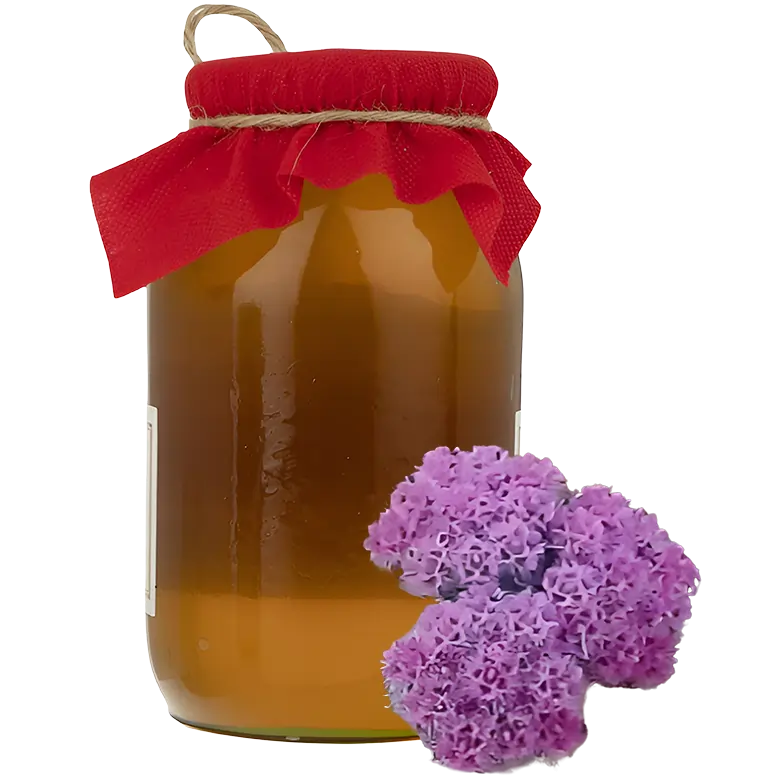Persian Sidr Honey
Discover the luxurious Sidr honey, an excellent aphrodisiac known as the “Middle East Manuka honey,” offering remarkable benefits for physical, sexual, and skincare health. Produced from the nectar of Sidr flowers, this nutrient-rich honey promotes growth in children, supports the elderly, and effectively treats skin and hair issues. With its unique taste, color, and foaming properties, Sidr honey stands out as a versatile and highly sought-after product in the world.
Sidr honey is a popular variety known for its aphrodisiac properties, earning it the nickname “sexual honey”. It is highly sought after for its potential benefits for physical and sexual health. Some markets even refer to it as “Middle East Manuka honey”.
Sidr honey is produced by bees that feed on the nectar of Sidr (Ziziphus Spina-Christi) flowers. Based on the medical benefits and availability of essential nutrients, it is one of the world’s top sorts of premium honey.
While all types of honey can help with skin problems, Ziziphus honey has unique properties that make it particularly effective for healing skin and hair issues. This honey can effectively treat pimples and acne. It strengthens hair roots and refreshes the scalp when applied topically.
Persian Sidr honey not only provides skincare benefits but also strengthens children and older people. Due to its excellent mineral and vitamin content, this honey greatly benefits this group of people. Children who consume this honey can gain weight more quickly during their growth period. In addition, Sidr honey has a positive effect on treating constipation.
Two main factors influence the color of Ziziphus Spina-Christi honey. The first consideration is the type of trees and other plants near the apiary. Scientists estimate that more than forty species of Ziziphus trees exist, and the bees produce honey with distinct tastes and colors from each species.
Another factor is the duration of honey storage since this honey is usually transparent when harvested and foamy at the beginning. As time passes, it becomes darker. Honey from this plant foams because it contains a significant amount of saponin.




